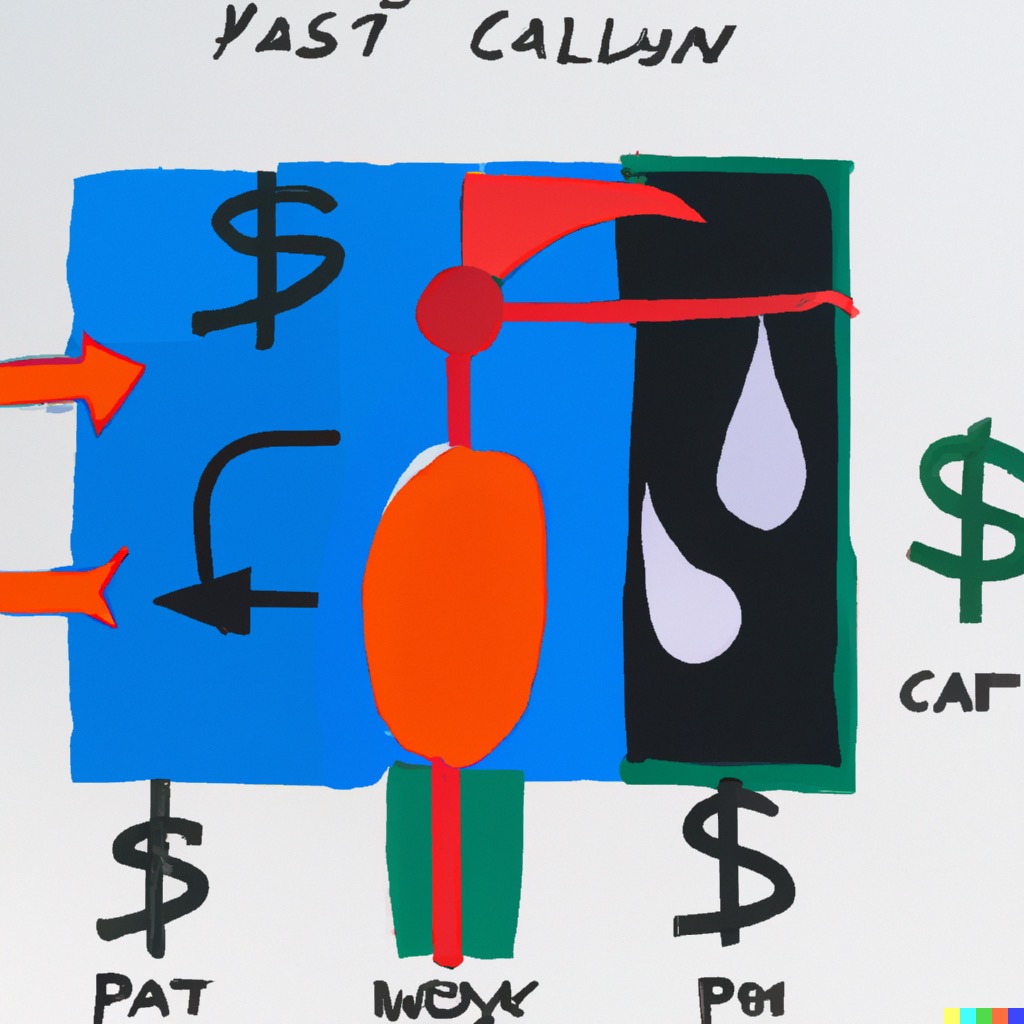
A thirteen-week cash flow forecast is a financial tool used to forecast and manage a company's cash inflows and outflows over a 13 week period. Given the focus on short-term cash flows, this type of model is valuable in situations when financial health is in question and managing cash is of utmost important (restructurings, turnarounds, and similar situations).
The 13 week cashflow model uses the same key information that we see in consolidated financial statements - revenue from sales, costs of goods sold, operating expenses, and any planned investments or financing activities, and more - but is constructed a bit differently. The 13 week cashflow model is typically created using the direct method of forecasting cash flows, using cash receipts (inflows) and cash disbursements (outflows) broken down by a few key areas:
- Operating cash receipts (not recognized revenues using accrual-method accounting, but collected cash from operations)
- Operating cash disbursements (cash payments for payroll, materials, marketing, rent, other operating expenses)
- Non-operating disbursements (non-operating expenses, other expenses, interest, principal payments on debt)
- Net cash inflows (outflows) = operating cash receipts less operating cash disbursements less no-operating disbursements
Wall Street Prep has a good graphic describing the 13 week cash flow model, as well as an Excel template to download, at 13 Week Cash Flow Model. Deeper technical considerations on building a model like this are explained at 13 week cash flow forecast.
The goal is to use this to then forecast:
- Cash at the beginning of the week
- Net cash inflows (outflows) during the week
- Changes in debt from debtor-in-possession (DIP), revolving loan, or other short-term loan
- Cash at the end of the week
To connect this to a company's consolidated financials, typically this model will have a section to show cash to EBITDA reconcilliation, detailing the balance sheet roll-forwards (e.g. forecasted changes in working capital from balance sheet accounts like accounts receivable, accounts payable, inventory, payroll) to check that the forecasted EBITDA matches the net cash flow from the 13 week cashflow model.
Roll-forwards are prebuilt in the balance sheet forecast in the Standard Model and Runway Budgeting Tool.
This short-term focus on liquidity and managing cash allows management and, if applicable, restructuring professionals, to build a clear view of cash needs of the business and helps determine the financing needed to support the business. If the business is deemed to not be a going concern, then it will go through liquidation or sale.
Once the net cash flows have been calculated for each week, it is important to analyze the overall pattern of the cash flows. This will help identify any potential problems, such as a lack of cash on hand to meet financial obligations or an over-reliance on financing.
Why not just build a weekly Statement of Cash Flows? While a statement of cash flows is typically an indirect model, where the changes in cash flows come from the income statement and changes in working capital accounts from the balance sheet, the detail of cash receipts from sales and customers and payments for expenses focuses the user of the model on the specific timing of when cash is received and disbursed. Rather than using recognized revenues and adjusting for the timing of when the revenues are billed and received, directly looking at cash sharpens one's view of how to manage through cash and liquidity issues.
By regularly updating and reviewing the 13 week cashflow model, a company can stay on top of its short-term cash needs and make adjustments as necessary to ensure its financial stability. This can help the company avoid potential cash flow issues and make more informed business decisions. By regularly updating and reviewing the model, a company can make more informed business decisions and avoid potential cash flow issues.
